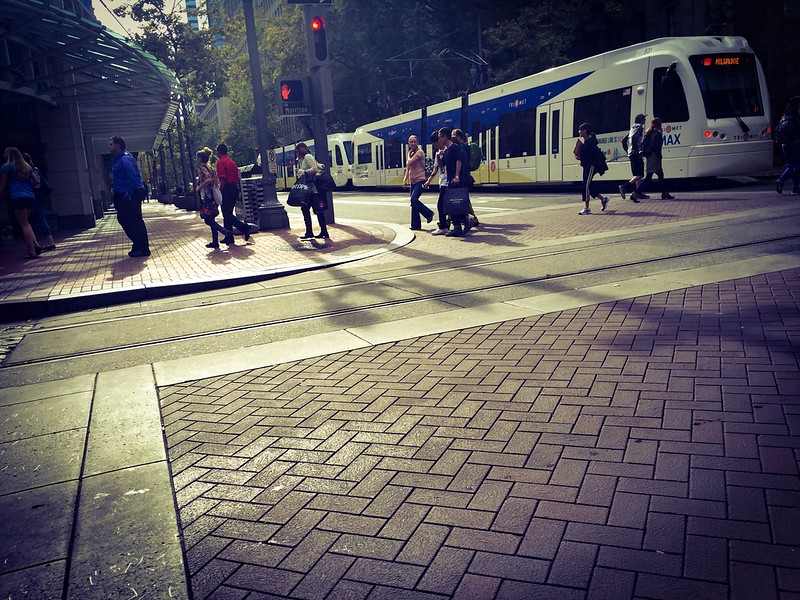When it comes to the US housing crisis, Portland was early to the party. Well over a decade ago, in 2009 and 2010, Oregon’s biggest city had the lowest rental vacancy rate in the country. The years since have brought little relief: From 2013 to 2018, median rent in Portland rose 29 percent, and the average home price rose 46 percent. Since 2015, the city has been under an official housing state of emergency.
Portland’s housing crunch has many roots, from multi-decade population growth to the broader affordability crisis sweeping the nation. But one factor stands out: Most of the city’s residential neighborhoods had been zoned exclusively for single-family homes since the late 1950s. That is, in most neighborhoods, new duplexes, triplexes, and fourplexes (let alone apartment buildings) have not been allowed.
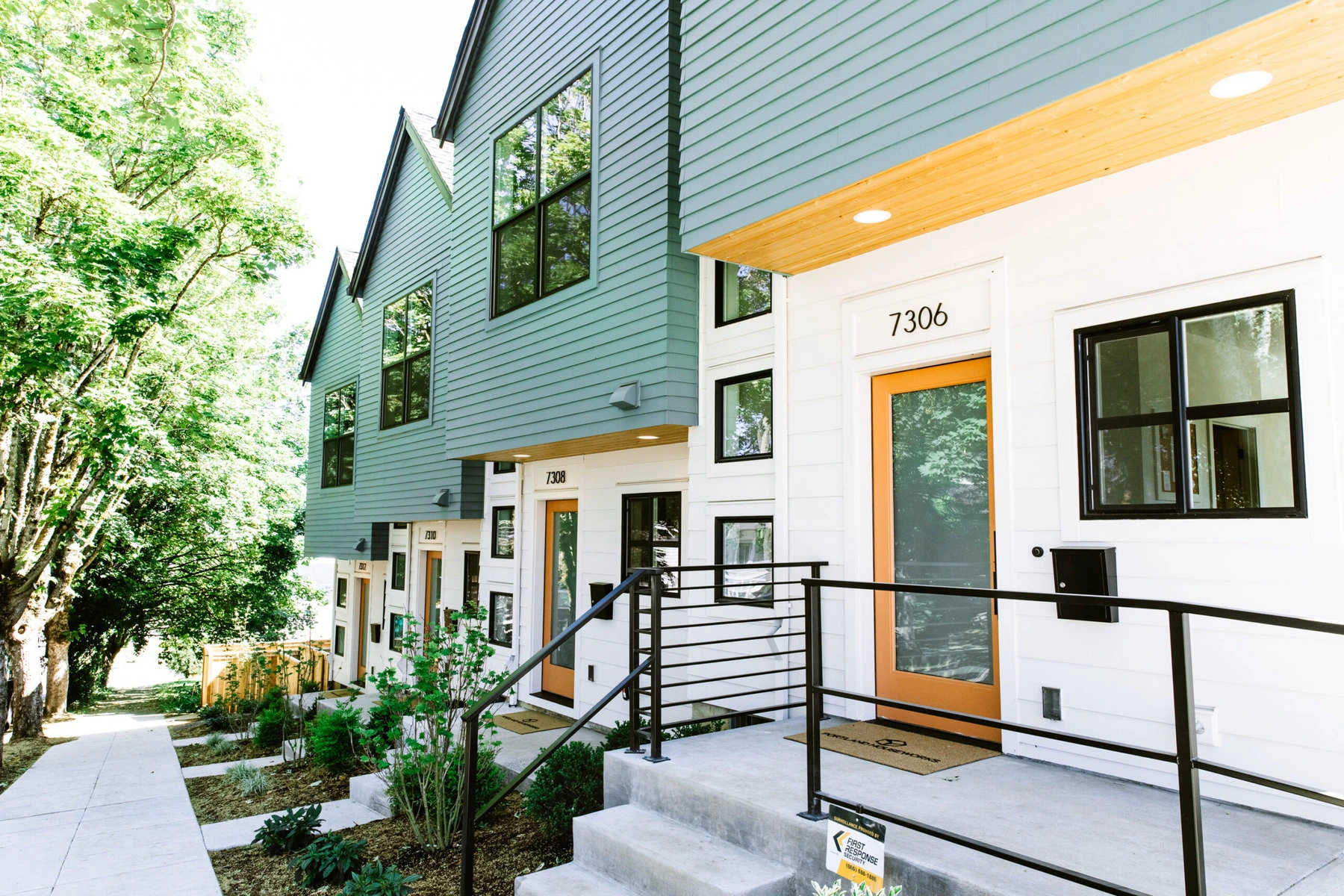
But in 2020, all that changed when Portland’s city council tossed out 60-plus years of low-density mandates by voting in favor of housing reform that ended single-family zoning. The new rules were game-changing: a package of zoning shifts known as the Residential Infill Project (RIP for short) laid the groundwork for more residential density than in most American cities. RIP made new single-family homes of over 2,500 square feet illegal. It erased bans on “middle housing” — a term describing duplexes, triplexes, fourplexes and townhomes — across the city. And it allowed for two accessory dwelling units (ADUs) on any lot, removed residential parking mandates, and permitted three-story apartment buildings of up to six homes on any lot as long as they met deep affordability standards. It amounted to a transformation in Portland’s approach to urban density, and is, to this day, one of the most pro-housing reforms that any US city has passed.
“This reform ultimately became the most permissive update to low-density single-dwelling zones in the country,” urban planning consultant Neil Heller, who helped do some of the financial modeling for RIP, writes in the latest issue of Southern Urbanism Quarterly.
This is the story of how Portland got it done.
Many cities have attempted to increase density. Nearly all have been met with fierce opposition.
The reasons behind these objections are many. Sometimes it’s a fear that proximity to denser housing will decrease the value of single-family homes. Other times opposition stems from a desire to preserve historic neighborhoods. (“Stop Demolishing Portland” was a popular yard sign among the city’s anti-RIP contingent.) But objection to density is often racially coded. Multi-unit buildings, because they cost less to rent, often attract more low-income and non-white residents to neighborhoods.
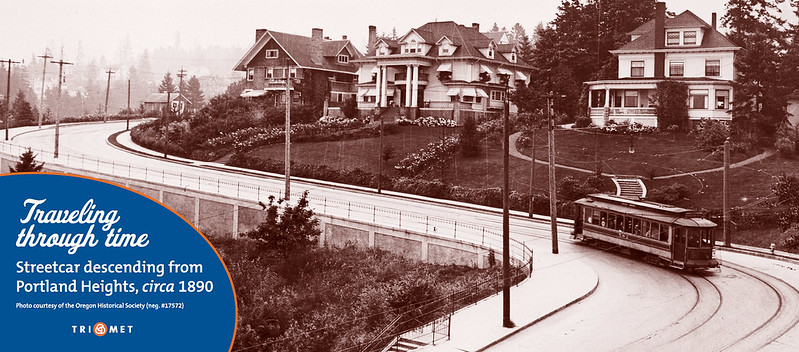
Explicitly racial zoning has been illegal since 1917, but racial covenants — clauses written into deeds that bar the (white) owner from selling to non-whites — existed for decades beyond that. In 1948 the Supreme Court ruled that racial covenants couldn’t be enforced, and in 1968, the Fair Housing Act made them illegal.
But that didn’t stop racist zoning practices — cities that couldn’t ban non-white homeowners instead started banning the types of housing they believed non-white homeowners would buy. In some cities, duplex bans and even apartment bans became popular in wealthier neighborhoods. In 1959, Portland went even further, banning construction of duplexes and other attached housing in almost every neighborhood. (Portland’s loophole to this was that duplexes were allowed on corners.) “One effect, in many cities a primary goal, was to segregate people by class, race, age and income,” writes Michael Andersen, a senior housing researcher with the Sightline Institute, a progressive Seattle-based think tank. These bans on so-called “middle housing” remain in force in many cities to this day.
“There’s this pretty big presumption that you don’t mess with single-family zones,” says Eli Spevak, a developer of small-scale housing and one of the Portlanders who pushed for zoning reform. “People love their homes to be investments they make. Understandably people get attached to things not changing.”
Not all of the opposition to Portland’s reforms was self-serving. Some objected to tearing down beautiful historic homes—and the resulting environmental impact, since most tear-down detritus goes to a landfill. Others worried that the RIP would encourage developers to tear down affordable single-family homes in outer neighborhoods—where people of color have long owned their own homes—and build market-rate townhouses instead. Since the RIP wasn’t tied to comprehensive affordability mandates, these people feared that “affordability” would be an elusive promise, dictated by invisible market forces, and inadvertently fuel gentrification in these areas.

These reservations aside, a loose-knit coalition that included developers, pro-tenant rights groups, an anti-displacement coalition, environmental groups, and transit and mobility advocates came together under one unified voice. This group, Portland for Everyone, helped to change the tenor of the conversation and persuade the City Council that more density was exactly what Portland needed to alleviate its housing crisis.
One of the leaders of Portland’s zoning reform was Spevak, who had worked for Habitat for Humanity and consulted for other affordable housing projects. In 2014, Spevak, wanting to see a broader palette of housing choices in Portland, drafted a letter to the director of the city’s Bureau of Planning and Sustainability (BPS) asking for a code update to meet Portland’s future housing needs.
The letter, signed by nearly 40 building professionals, local organizations and Portland residents, asked the Bureau to encourage accessory dwelling units (ADUs), permit existing homes to be divided internally, allow small “cottage cluster” developments, eliminate household size definitions from the zoning code, and more. Demographic shifts had left Portland with smaller households that looked different than traditional nuclear families, the letter argued, and the city code needed to catch up.
The letter was an opening gambit to the BPS, where both the then-director and her long-range planner were looking for ways to increase density and discourage so-called McMansions.
In 2016, Spevak came to the realization that if they wanted to win the fight for zoning reform, they needed a dedicated advocate who would lead the fight. “The people who were going to oppose the changes have a lot of time and are self-organized. If we were going to create a ground game, we had to have a staff organizer,” says Spevak. “So that was pivotal. We were going to lose unless we had staff.”
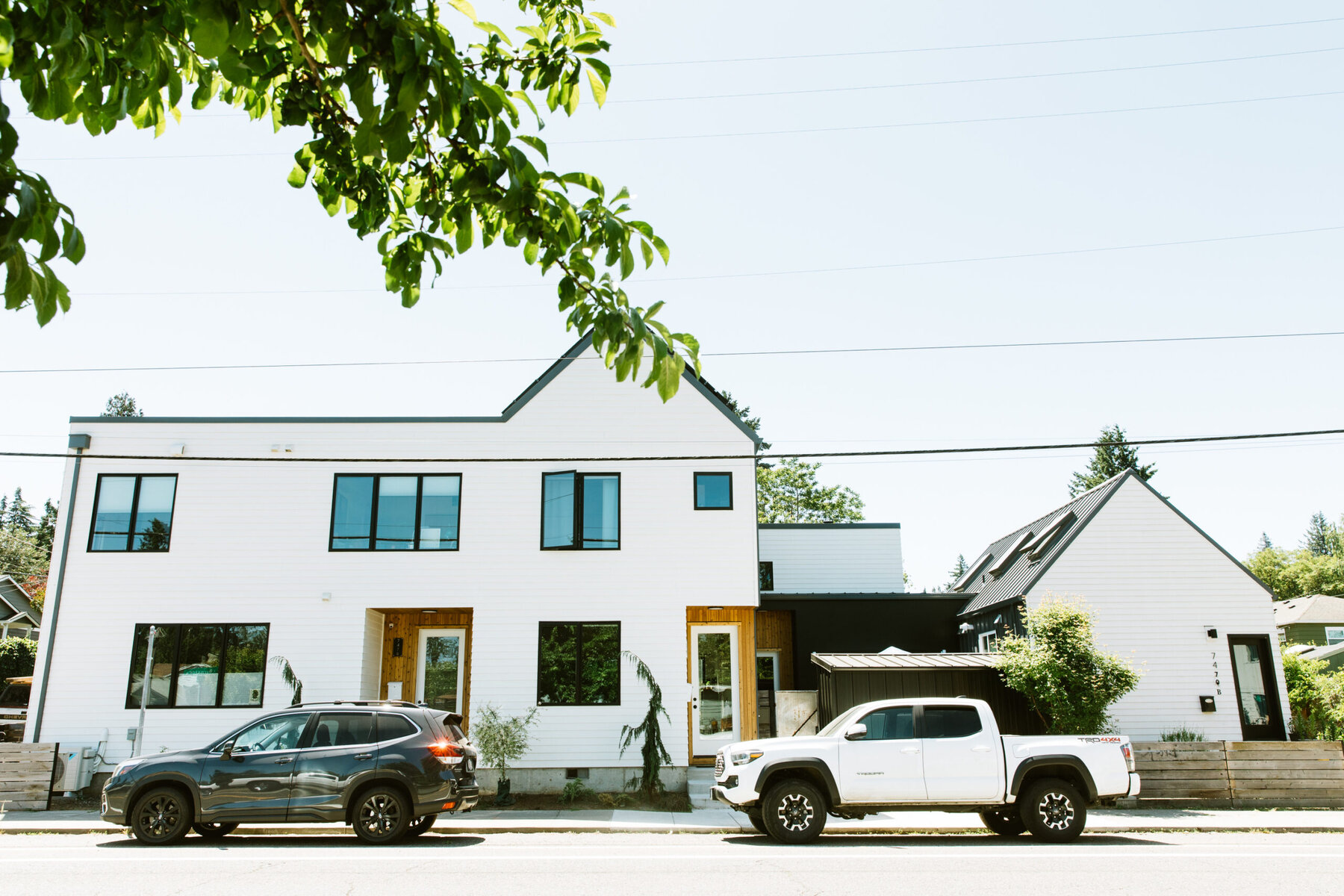
Spevak saw the ideal coalition organizer in his employee, Madeline Kovacs. A then 29-year-old Portland State University grad student interested in the links between density and decarbonization, Kovacs had been active in the youth climate movement, eventually becoming co-director of a group called Project Survival Media. After graduate work in urban and regional planning, she interned for two years at BPS and then came to work for Spevak at his firm Orange Splot, LLC.
Kovacs, a passionate organizer, also had affordable housing connections. “Plus, everyone likes her,” Spevak adds. The anti-sprawl nonprofit 1,000 Friends of Oregon was willing to host Kovacs and her emerging coalition of pro-housing groups under its banner. (Eventually the organization even helped fund her position.)
Kovacs set to work launching a coalition called Portland for Everyone. She and representatives from nonprofits and organizations throughout the city met frequently and determined what they had in common. “One of the things I’m very proud of is that the pro-housing advocates really un-siloed ourselves,” says Kovacs. Indeed, Kovacs gathered some unlikely bedfellows: affordable housing providers and nonprofit land trusts sat at the table with members of the Portland Homebuilders Association, a trade association representing builders and remodelers of single-family homes. Environmental groups like Sunrise PDX started talking to folks from Anti-Displacement PDX. The coalition even included a handful of progressive neighborhood associations, which historically have not been supportive of denser zoning.
“So I think when people look and they’re like, ‘Oh! You have affordable housing builders, tree canopy advocates and bicycle advocates — and they’re all signing the same letter?’ That makes a policy maker pay attention,” Kovacs says.
“We all worked and talked together and we adopted a very holistic approach. It’s not just upzoning and it’s not just funding, it’s not just stability — it’s all three of those things,” she says. “And we need a housing strategy that’s going to provide a range of solutions working across that spectrum.”
Weighed down by negative news?
Our smart, bright, weekly newsletter is the uplift you’ve been looking for.There was seemingly no one that Kovacs and her coalition members wouldn’t talk to. They did education and outreach with neighborhood, business and community-based associations. “We presented to 3,000 Portlanders face-to-face!” she says, laughing. They also partnered with and presented to organizations as varied as AARP, OPAL Environmental Justice Oregon, and Business for a Better PDX. They got inspiration from the YIMBY (Yes in My Backyard) movement. “It was nice to be able to learn some lessons from colleagues in other places — share ideas, share strategies,” Kovacs says.
By 2018, when the project came before the city’s Planning Commission, some 38 organizations had already endorsed the coalition’s principles in advance. The result? Over half of the testimonials before the Commission were pro-density — a dramatic departure from such meetings in many other cities, where anti-density voices are often the loudest in the room.
The same thing was true at two City Council meetings in early 2020, where people in favor of the new law outnumbered anti-housing testimony more than six to one.
Portland for Everyone had successfully educated Portlanders en masse about the benefits of the zoning changes. (Kovacs left Portland for Everyone to work on state zoning reform at the end of 2018.)
In August of 2020, the City Council passed the RIP by a vote of three to one. It no doubt helped that two of the newer City Council members — Chloe Eudaly and Jo Ann Hardesty — were both renters.
Meanwhile, down at the State Capitol in Salem, then-Speaker of the House Tina Kotek had just helped push through a groundbreaking zoning bill, making Oregon the first state in the nation to effectively ban single-family zoning. House Bill 2001, passed in 2019, required cities larger than 10,000 residents to allow duplexes in single-family zones and cities larger than 25,000 to allow even more types of multi-family housing like triplexes, fourplexes and “cottage clusters.”
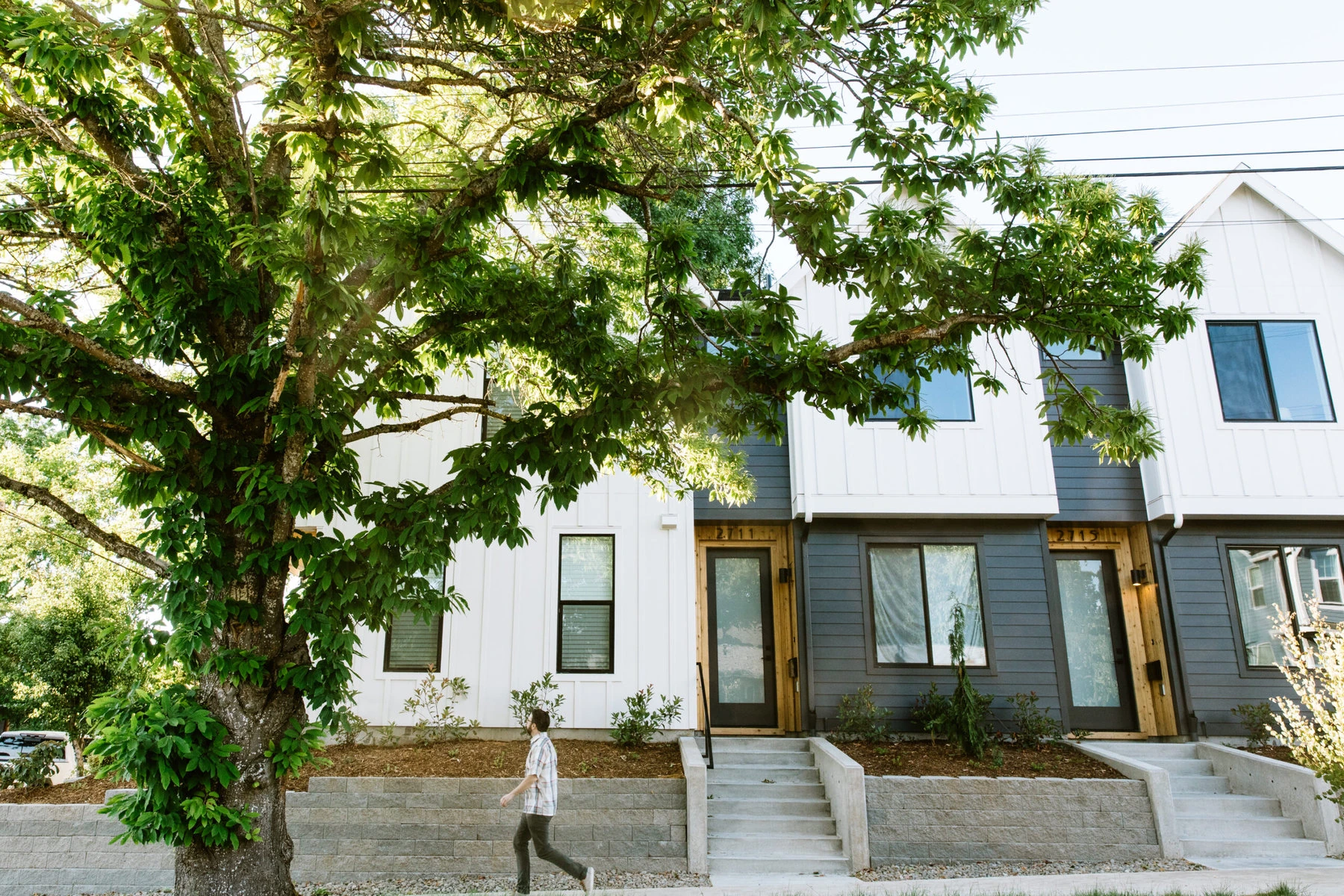
“The neat thing about the timing is that Portland passed residential infill in 2020, and there were neighborhood associations on the west side raising money to sue the city over that,” Spevak says. But by the time Portland adopted the RIP, the state’s own zoning reform required cities of Portland’s size to densify, defanging the legal challenges being prepared by some of the city’s neighborhood associations. “So the city was never sued. That worked out nicely,” Spevak says. Kotek, who is still a vocal champion of density, is now Oregon’s governor.
Other cities and states around the country have passed similar reforms. Statewide “middle-housing” bills have been introduced in nearly 20 states since 2019 and have passed in at least two beyond Oregon: Maine and California. Minneapolis and Vancouver, Washington both re-legalized duplexes and triplexes citywide before Portland did. Seattle eliminated single-family zoning in 27 neighborhoods in 2019. And Austin passed a zoning reform allowing sixplexes with affordability the year before Portland’s RIP passed.
“That presumption [that you don’t mess with single-family zones] is getting blown away faster than you’d ever guess,” says Spevak. Now, roughly a dozen states allow cities to add ADUs to residential lots, even red states like Montana. (Texas’ state house just narrowly voted down a bill that would’ve allowed ADUs statewide.)
Most developers and city planners say it will take at least a decade before we see measurable results of Portland’s RIP. That said, from August 2021 to July 2022 — the first 12 months the RIP was in effect — 367 middle housing units were built, according to Morgan Tracy, Senior Planner at the Bureau of Planning and Sustainability. During that same time period, just 107 single-dwelling houses were built. (28 of those had a single ADU on the property, but those were permitted prior to RIP passing.) So, in the first year of the RIP, 3.4 times more middle housing units were built than single-family houses.
“I think this is really brilliant legislation that will have long-term impact,” says Steve Messinetti, the President and CEO of Habitat for Humanity Portland Region. “Where I think we’ll see the greatest impact is in the 10 to 20 year horizon.”
Development — especially for affordable housing projects — can be slow. You have to buy the property, get funding approved, clear additional zoning hurdles, and so on. That said, Messinetti is overseeing two low-income housing projects that wouldn’t have been possible prior to these zoning changes. In Northeast Portland’s Cully neighborhood, Habitat bought a three-quarter acre lot that had a derelict home on it. Prior to the RIP, a developer might have torn down the home and subdivided the lot for five expensive single-family homes. Now, however, Habitat will be able to build 15 affordable units on that parcel — a mix of duplexes and triplexes. The second project, in Southwest Portland, was a former church on 1.9 acres. Habitat is currently building 17 detached homes there. (Cottage clusters, which state legislation allowed in 2019, were added in an update to the RIP in 2022.) “This is a good example of an area where not a lot of affordable housing has been built,” he says.
While he acknowledges that some of the triplexes and townhomes are not as affordable as the activists who helped push through RIP probably would have liked, he does think they will be the most affordable housing in the city in the future.
“The long-term benefit is we’re creating more housing for middle and low-income folks, helping to desegregate neighborhoods,” Messinetti says. “And that’s a good thing overall.”






